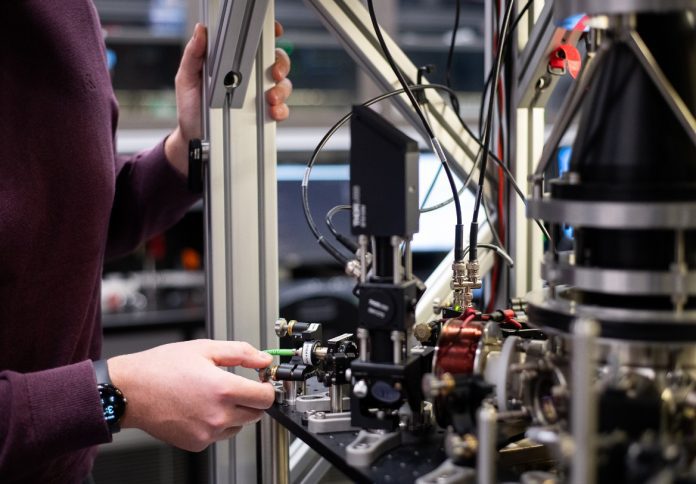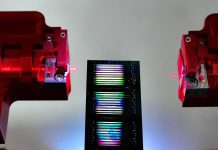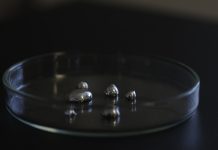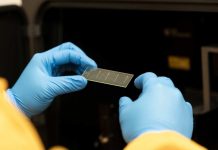
Researchers at the University of Sydney have performed a quantum simulation of chemical dynamics using real molecules for the first time, marking a major breakthrough in applying quantum computing to chemistry and medicine.
Led by quantum chemist Professor Ivan Kassal and Physics Horizon Fellow Dr Tingrei Tan, the team used a trapped-ion quantum computer at the University’s Nanoscience Hub to simulate how molecules behave when excited by light – a process involving ultrafast electronic and vibrational changes that is difficult for classical computers to model.
Published in the Journal of the American Chemical Society, the study demonstrates how quantum simulation can capture real-time molecular dynamics, moving beyond previous efforts limited to static properties such as molecular energy.
“It is one thing to understand your starting point and end point,” Professor Kassal said. “Our new approach allows us to simulate the full dynamics—like tracking the path a hiker takes through the mountains, not just where they start and finish.”
The team simulated interactions between light and three molecules: allene (C?H?), butatriene (C?H?), and pyrazine (C?N?H?), shedding light on phenomena such as photosynthesis, UV-induced DNA damage, and photodynamic therapies.
Dr Tan said better simulation tools could accelerate the development of new drugs, solar energy systems, and photoactive materials.
“These ultrafast dynamics are poorly understood. Quantum simulation allows us to study complex molecules beyond classical capability.”
The method is also significantly more efficient than traditional digital quantum computing. While conventional approaches would require 11 perfect qubits and 300,000 flawless entangling gates, the Sydney team achieved their result using just a single trapped ion.
Our approach is about a million times more resource-efficient, enabling complex chemical dynamics to be studied with far fewer resources than previously thought possible,” Professor Kassal said.




















